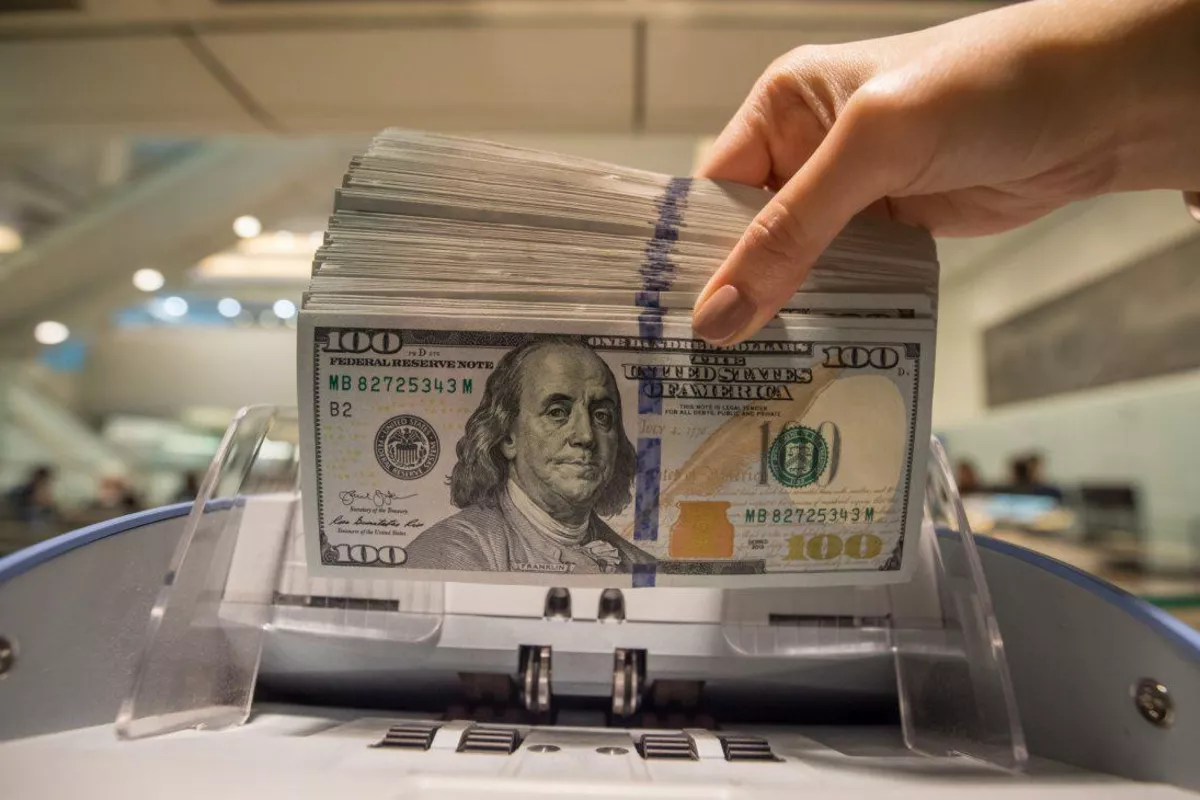
Photo: iStock
As of July 1, 2025, Uzbekistan’s public debt has risen to $43.3 billion, according to the Ministry of Economy and Finance.
The total debt includes $36.4 billion in external debt and $6.9 billion in domestic debt. This marks an increase of $6.1 billion, or 16.5 percent, compared to the same time last year, The Caspian post reports, citing Uzbek media.
The country's primary creditors continue to be the World Bank and the Asian Development Bank.
The ministry reported that total public debt reached $43.376 billion as of July 1, 2025. External debt accounted for $36.41 billion, while domestic debt totaled $6.96 billion.
Over the year, public debt rose by $6.135 billion. Its share relative to GDP also increased - from 32.4 percent to 34.2 percent.
For comparison, on July 1, 2024, public debt amounted to $37.241 billion. Within a year, this figure grew by 16.5 percent.
How has the borrowed money been used?
By the end of the reporting period, the breakdown of state external debt was as follows:
• 47 percent ($16.9 billion) - budget support
• 16 percent ($5.9 billion) - fuel and energy sector
• 9 percent ($3.1 billion) - agriculture and water management
• 8 percent ($2.9 billion) - transport and transport infrastructure
• 8 percent ($3 billion) - housing and utilities
Who are Uzbekistan’s creditors?
As of July 1, the distribution of state external debt by creditors was as follows:
• World Bank - $7.8 billion
• Asian Development Bank - $7.4 billion
• International investors (Eurobonds) - $5.7 billion
• Chinese financial institutions - $3.8 billion
• Japanese financial institutions - $3.2 billion
• Asian Infrastructure Investment Bank - $1.7 billion
• French financial institutions - $1.1 billion
• Islamic Development Bank - $935 million
• Korean financial institutions - $750 million
• International Monetary Fund - $642 million
• German state bank - $481 million
• European Bank for Reconstruction and Development - $401 million
• Other financial institutions - $2.5 billion
Earlier, Minister of Economy and Finance Jamshid Kuchkarov acknowledged that external debt had sparked debate, offering the following explanation:
“Public debt is being widely discussed on social media. Our growing economy requires significant resources. Investments are also coming through foreign direct investment and public-private partnership projects. Part of the expenses related to government functions - including drinking water supply, roads, infrastructure, as well as defense capabilities and border security - have to be financed through external debt. Even in the most remote regions of Uzbekistan, housing is being built by entrepreneurs. Entrepreneurs believe that people will take out mortgages to purchase these homes. Mortgage terms are long, and banks use foreign resources to cover mortgage lending. This also contributes to the growth of external debt,” the minister said.
It should be recalled that in 2025 the planned ceiling for newly attracted external debt is $5.5 billion. Of this, $3 billion will be used to finance the state budget deficit, while the remainder will be directed to investment projects.
Total external debt approaches $70 billion
According to the Central Bank of Uzbekistan, in the first quarter of 2025 the country’s total external debt reached $68.4 billion, an increase of $4.3 billion. Of this, state external debt amounted to $35.8 billion (up by $1.9 billion) and corporate external debt to $32.6 billion (up by $2.4 billion). Meanwhile, the quarterly current account deficit narrowed to $160.7 million - a 13-fold decrease year-on-year.
Share on social media